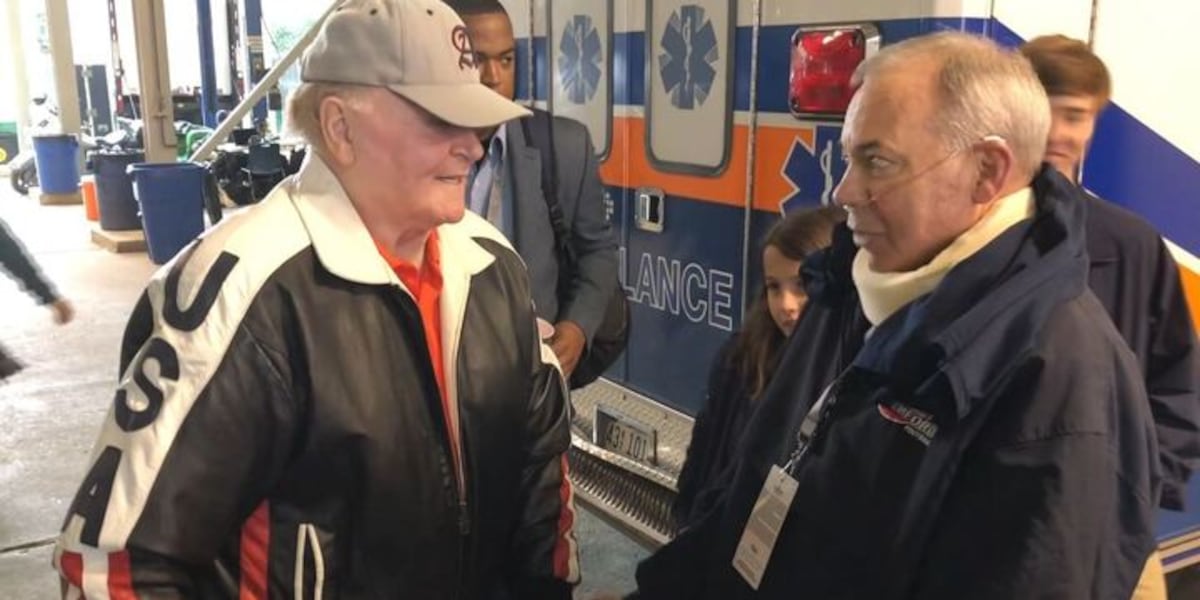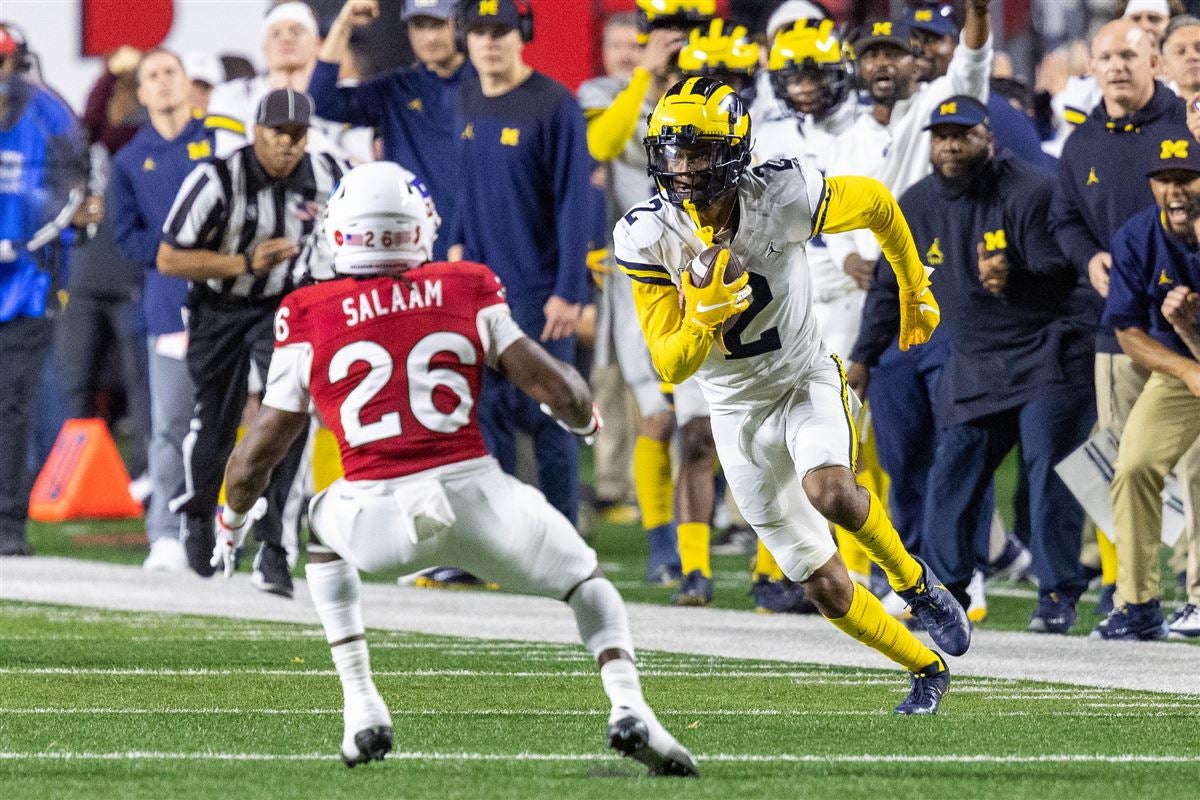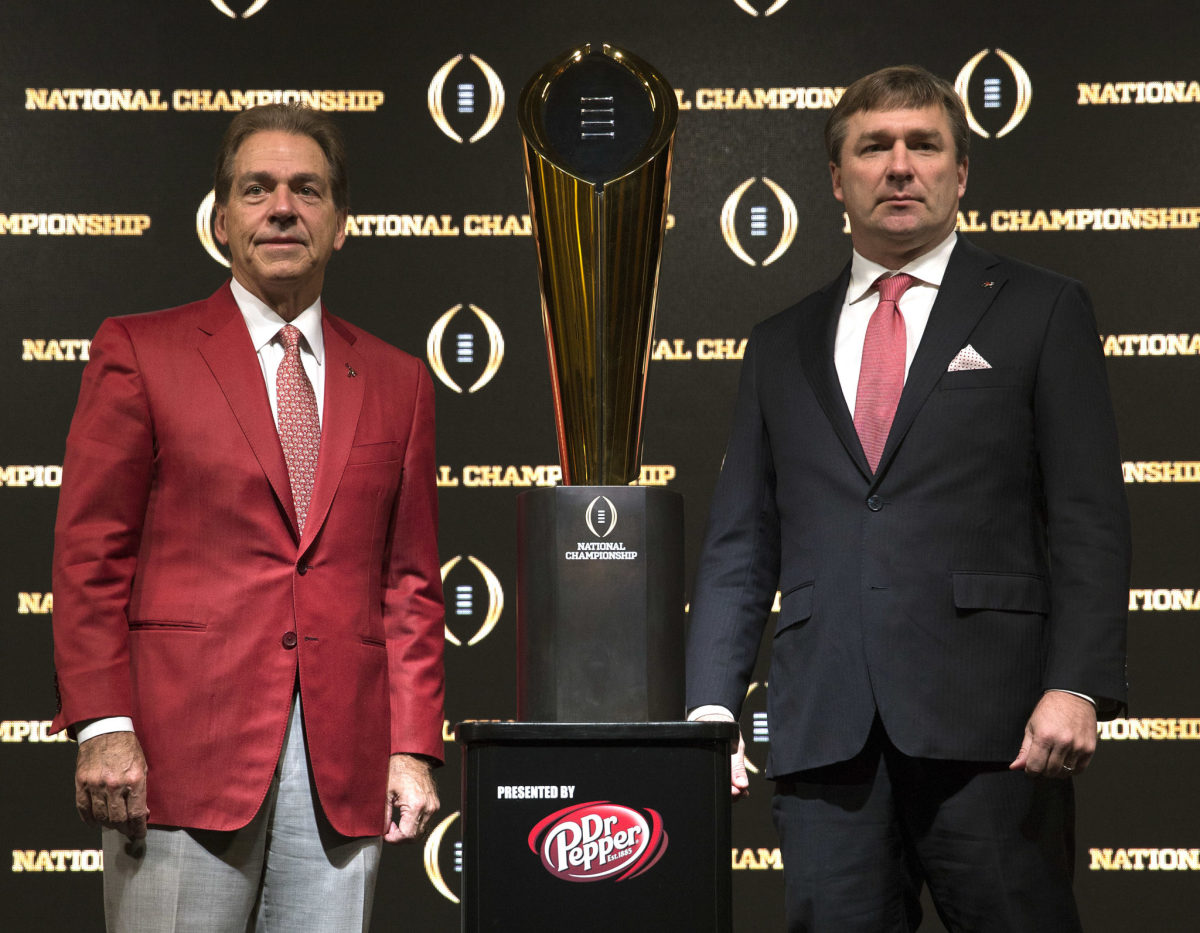The Tragic Life and Legacy of Auburn Football Legend Terry Beasley: A Reminder of the Real Dangers Athletes Face

Terry Beasley, the legendary Auburn wide receiver who tragically passed away at the age of 73, was an icon in the world of college football. His career was marked by incredible talent on the field and a relentless pursuit of greatness. However, Beasley's story is also a reminder of the serious health risks that come with playing the game.
Police in Beasley's hometown of Moody, Ala., are currently investigating his death as a possible suicide. It is a heartbreaking end to a life that was once filled with so much promise and success.
During his time at Auburn, Beasley set numerous records and earned a reputation as one of the most dynamic receivers in the country. He formed a lethal partnership with star quarterback Pat Sullivan, and together they led the Tigers to victory on many occasions.
But Beasley's success on the field came at a great cost. He endured countless injuries, including at least 52 concussions, which ultimately took a toll on his physical and mental health. In 1992, he was hospitalized with clinical depression and possible schizophrenia, and he later underwent electroshock therapy.
Beasley's struggles continued long after his playing days were over. He battled chronic pain, severe headaches, and other health complications that required frequent hospitalizations. His wife, Marlene, spoke out about the impact football had on his life and their family.
Beasley's story is not unique. It serves as a grim reminder of the dangers and long-term consequences that football players face, particularly when it comes to head injuries and brain trauma. The NFL's concussion settlement, aimed at providing compensation and support to former players, highlights the ongoing struggle for recognition and justice.
As we remember the remarkable career of Terry Beasley, it is important to reflect on the significant sacrifices and risks that athletes make for the love of the game. His legacy will forever be intertwined with the conversation surrounding player safety and the need for continued research and action to protect the well-being of those who play the sport we all love.



